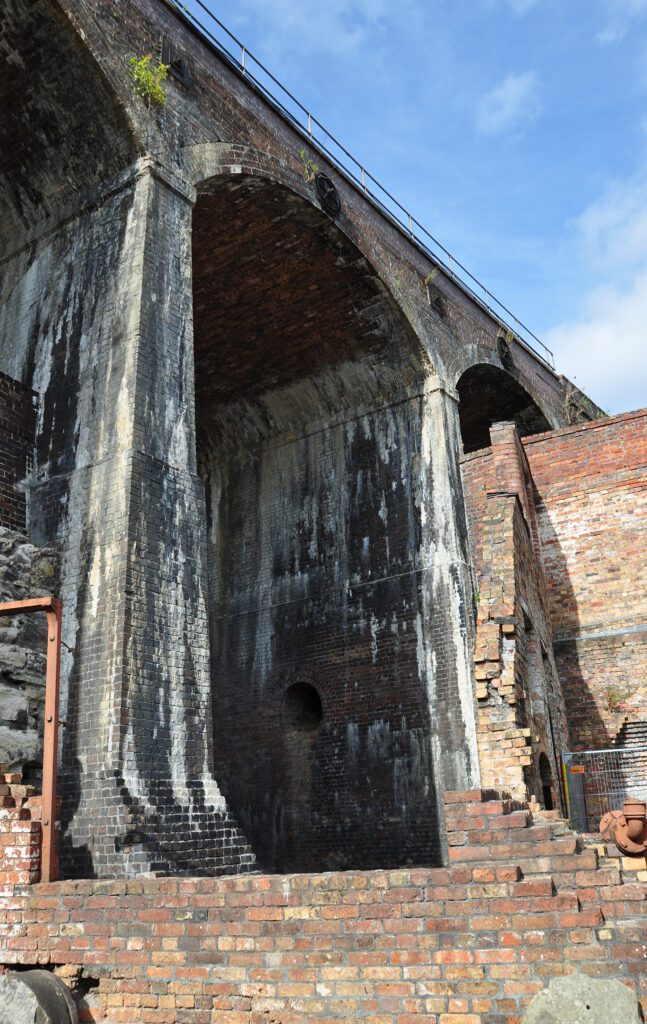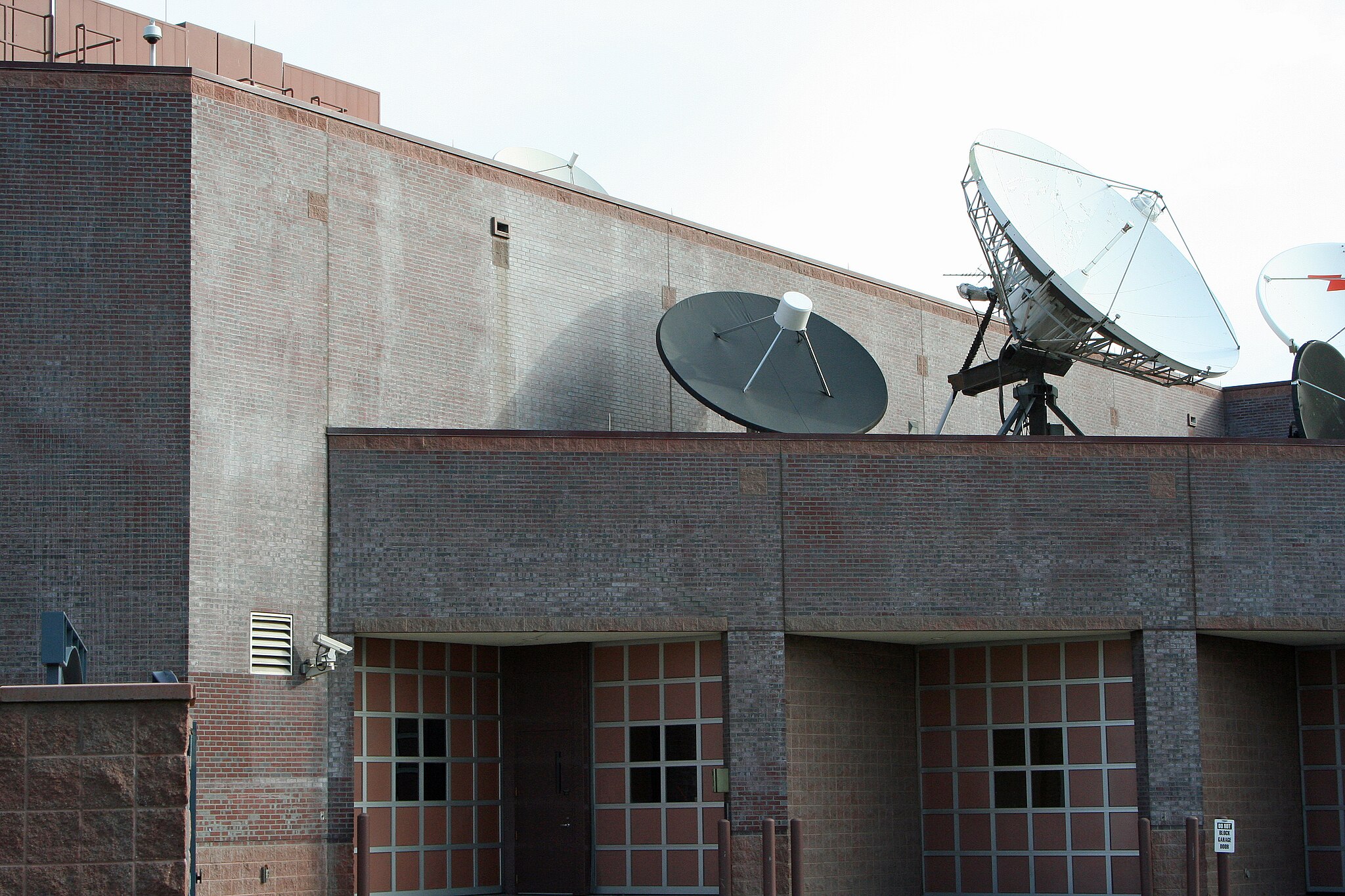If you’ve recently used concrete pavers in masonry projects such as installing a paver driveway or creating a concrete paver patio, then you’ve likely noticed an unappealing side effect of the materials—an ugly white, chalky, film on top of your hard work. This film is known as efflorescence, and it’s one of many types of discoloration contractors and homeowners notice when working with concrete and other types of masonry materials. While it can be an eyesore for some people, the good news is there are ways to combat efflorescence so your patio or walkway can go back to looking the way it did the day you installed it. In the sections below, we’ll outline ways you can prevent and even remove efflorescence even after it’s taken hold of your masonry project.
What is Efflorescence?
Simply put by Cambridge Pavers, one of our most popular paver manufacturers, efflorescence are natural deposits that become present on the surface of all masonry materials that contain calcium oxide. The process begins with moisture either from the ground, from dew, or from your garden hose. The moisture reacts with the calcium oxide to create calcium hydroxide on the surface of the brick. When the water evaporates, the result is a chalky white substance on your freshly installed patio or walkway.
What Products Are Susceptible to Efflorescence?
Nearly all masonry products contain calcium oxide, and therefore nearly all masonry products will be susceptible to efflorescence. This includes natural stone, concrete pillars, clay brick, pavers, and even some types of tile. Calcium oxide is also common in soil, mortar ingredients, backing materials, and trim. Efflorescence usually starts to show up a few weeks after a fresh installation of outdoor masonry projects, especially if it has rained and dried out repeatedly since the installation.

Is Efflorescence Permanent?
You may be relieved to hear that unless there’s a significant issue regarding water supply or plumbing, efflorescence is a temporary issue that will resolve on its own, according to the National Concrete Masonry Association. While it doesn’t look great, it will resolve itself naturally in a few months or a year. However, there are many solutions that you can take advantage of which will get rid of efflorescence immediately or prevent it from happening in the first place. Astro Masonry carries many products that will shorten the effects of efflorescence. If you’re interested, we can also connect you with one of our many contractors should you need help removing efflorescence on your patio or walkway.
Preventing Efflorescence
Preventing efflorescence starts with choosing high-quality materials. Some great options include concrete pavers from Techo-Bloc featuring HD2 technology, or Belden Brick. These manufacturers have exceptionally managed facilities that ensure that their products contain appropriate calcium oxide levels.
Another important factor when it comes to maintaining a low level of efflorescence is water. If your water contains high levels of calcium, you may notice a higher level of efflorescence on your pavers. To prevent efflorescence in this case, the strategy should be to limit the amount of water that comes in contact with your brick. To do that, you may want to create a barrier on the bottom surface of the brick (to prevent moisture from the ground) and on the top of the brick (to prevent moisture from your sprinklers, hose, or even rain). Astro Masonry carries several products that can create a protective seal from water. Concrete Sealer from RadonSeal, which is a protective sealant applied to the top surface, is an example of such a product.
Cleaning Efflorescence
If you already have efflorescence present on your brick or pavers, there are a few products that can be applied to the efflorescence to strip away the chalky effect and make the brick underneath pop. These products include Gator Efflorescence Cleaner and Shampoo, and Efflorescence Cleaner from RadonSeal. While these products work the best, you may have luck with some heavy-duty scrubbing with a wire brush and some vinegar or dish soap and a stiff plastic brush as Unilock recommends, though our friends at Techo-Bloc discourage doing this within the first year of installation.
If using cleaners or shampoos to remove efflorescence from your masonry projects, make sure you follow directions to the letter. These products are often highly acidic and can cause adverse effects to your bricks and lawns if not used correctly. Some efflorescence removal products also have the capability to change the color of the product itself, therefore Unilock and Techo-Bloc also recommend that you test the shampoo or cleaner on a small area to make sure the finished result is as you expected.
Removing Efflorescence
If you need help removing efflorescence from your patio, walkway, or driveway, Astro Masonry has loads of products to help you stop this unsightly effect in its tracks. We also have a team of knowledgeable employees who are more than qualified to help you select the right products to avoid efflorescence in the first place. Scheduling help or getting a quote is easier than ever with our online contact form. Tell us a little about your project and fill out the contact information and we’ll have someone get in touch with you right away.
Featured Image Credit: “Efflorescence” by Jeffrey Beall is licensed under CC BY-SA 3.0.

